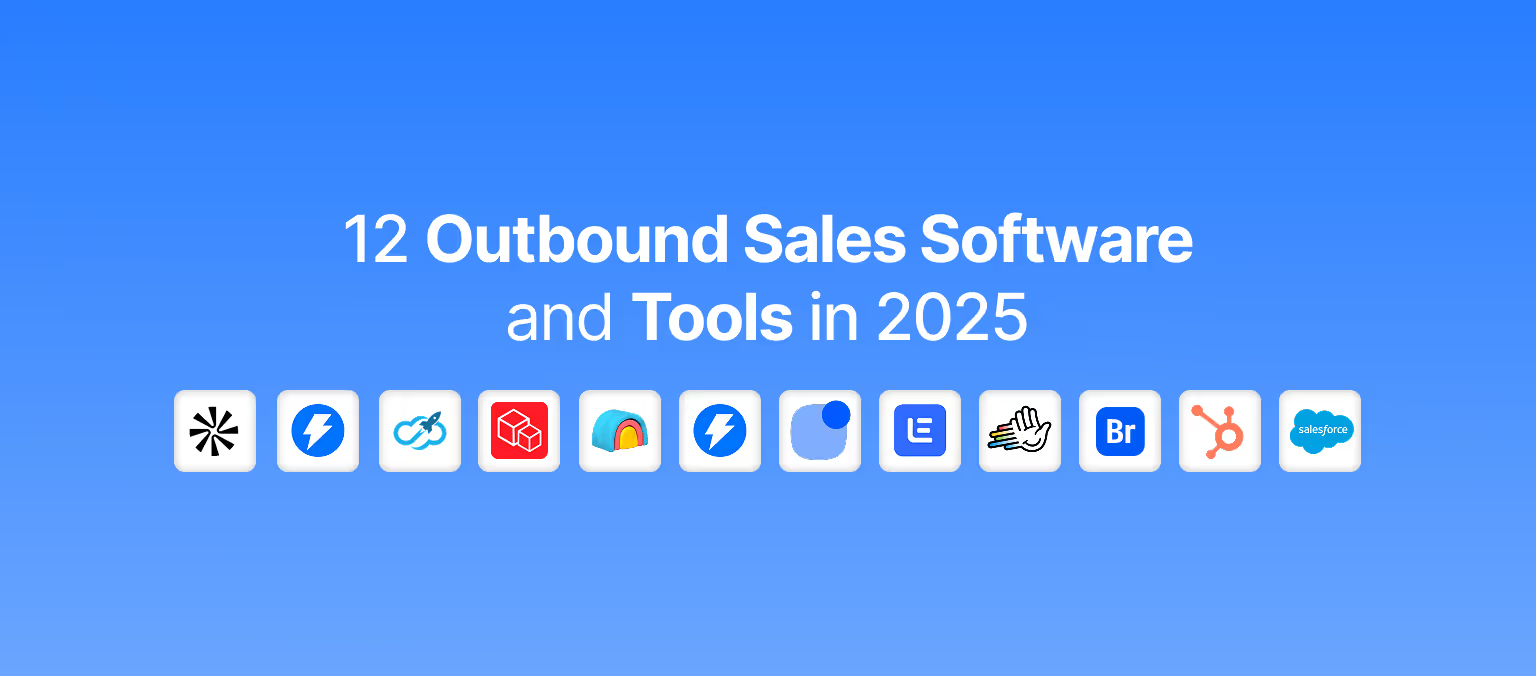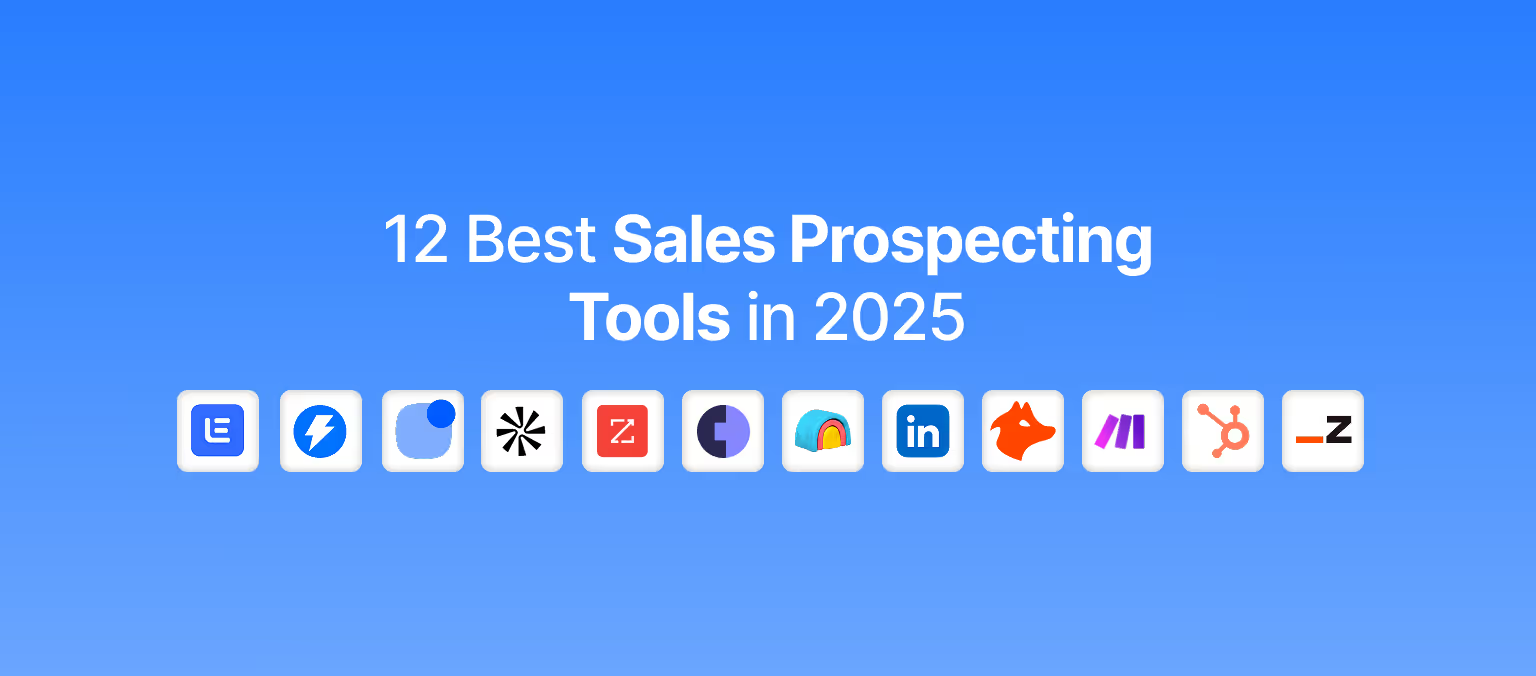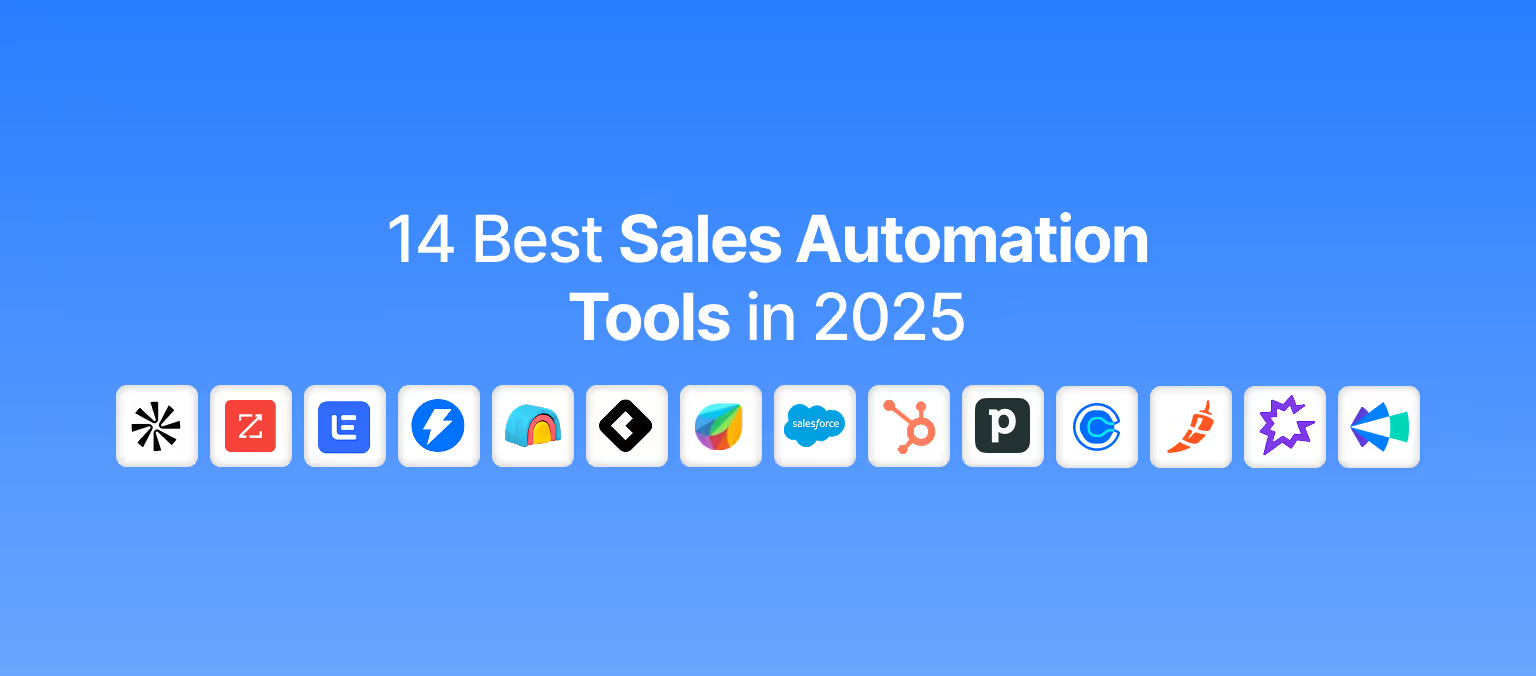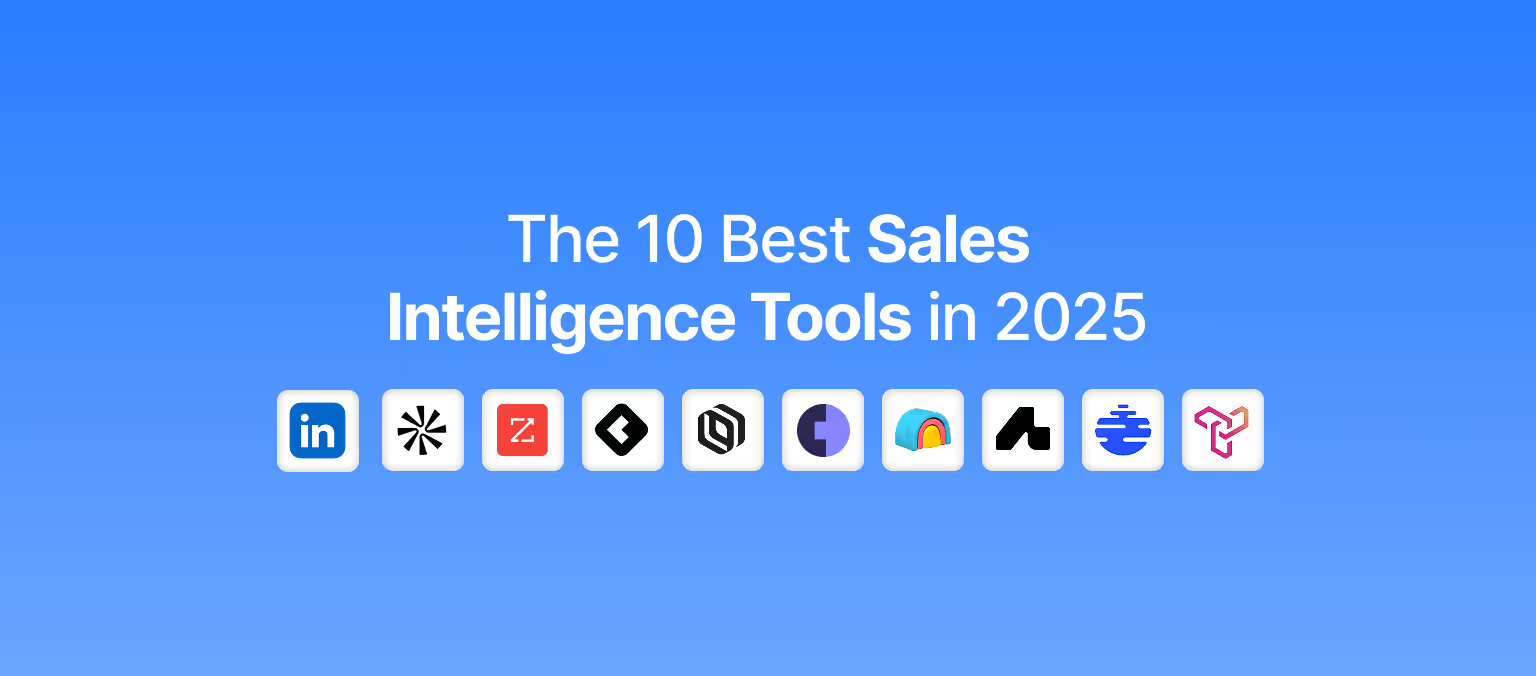Should You Track Open Rates from Prospecting Emails?
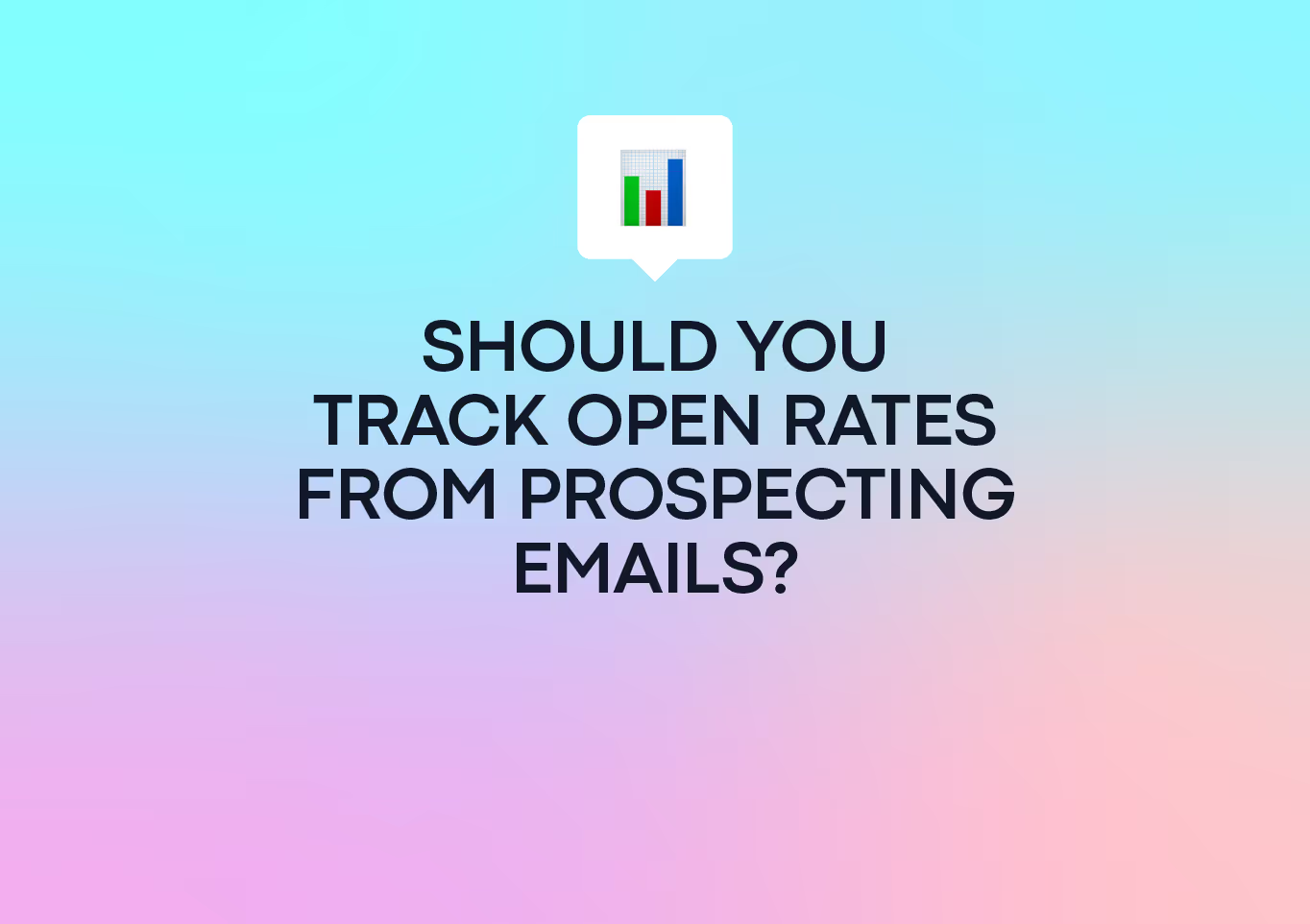
Table of content
Share article
If you solely track the open rates metric to determine your prospecting emails’ success, you could be chasing the wind. Although open rates often indicate a prospect’s interest in your messages, they are not the most reliable metric to determine your overall email campaigns’ success.
In this article, you will learn whether you should track open rates and consider alternative options to measure the success of your email outreach.
What is a Prospecting Email Open Rate?
The open rate is a metric that tells you the percentage of emails opened out of the total number sent. So, if you send 500 emails and 250 people open your emails, you’d have a 50% open rate.
Although open rates can show you which aspects of your prospecting emails (such as subject lines) are performing, they often don’t translate to actual business results such as qualified meetings booked or revenue generated. Hence, it’s quite tricky to solely depend on this metric that has little to no impact on the success of your outreach campaigns.

Why Open Rates are not Reliable Business Metrics?
As stated earlier, the open rates are not the best metric to measure the effectiveness of your campaigns, and here’s why:
1. Inaccurate Data
Prospecting email open rates may not provide an accurate or complete picture of your recipients’ engagements. They often result in misleading information which aren’t solutions to your business side. Here are some technical explanations for this reason:
- Privacy Features: For privacy reasons, your prospect's inbox may have spam filters or bots that open your emails and click the links in them. When this happens, your email is counted as open when in reality, your prospects may not have opened the emails in the first place. Hence, this inflated score creates a false impression of success.
- Preview Text: Some email service providers such as Outlook have preview mode for accessing the email content without actually opening it. This could artificially inflate the open rate score, while the actual engagement differs.
- Technical Tracking Issues: Some technical problems such as image blocking can affect the open rate accuracy. Due to image blocking, the tracking pixels which often measure the open rates, may not load. This contributes to data inaccuracy.
2. Non-Correlation with Actual Results
Open rates are great metrics for determining whether your prospects are engaged with an email or not. However, they don’t reveal their interests after that action. Hence, you shouldn’t focus on the metric alone as it could make you lose sight of other vital metrics that reflect actual business outcomes, such as conversions.
3. Strict Regulations
Some strict policies from email service providers like Google and Apple affect the reliability of the open rates metric. These companies are increasingly tightening regulations and restricting email tracking, particularly in compliance with GDPR.
Additionally, some Google algorithmic updates land emails with tracking pixels into spam, decreasing email deliverability. Due to these developments, tracking open rates has become less reliable over time, as it can negatively impact your outreach efforts.
What Email Metrics Matter Instead?
Every cold email campaign’s goal is to generate actual business results, and not have a high open rate. As a result, it’s ideal to focus on metrics that reflect engagement and real results. So, what are these metrics?
1. Reply Rate
The reply rate shows the number of recipients who responded to your emails, indicating genuine engagements. Since open rates can be inaccurate, the reply rate is a valuable metric to measure actual business outcomes. There are two types of reply rates:
- Positive reply rate
The positive reply rate measures the number of people who responded to your emails and showed a genuine interest in your business’s offerings. It shows the true extent to which your content resonates with your prospects. With a high positive reply rate, you have a higher chance of pushing your prospects down the sales funnel and converting them into actual customers.
- Negative reply rate
The negative reply rate refers to the percentage of prospects that responded negatively to your outreach messages. It could be an angry reply full of negative emotions or a not-interested reply that shows they don’t need your offers.
If you often get negative replies to your prospecting emails, you should reevaluate your ideal customer profile (ICP) or improve your messaging with more data-driven evidence.
2. Qualified Meeting Rate
If your cold emails generate qualified meetings, that shows your prospects have purchase intent towards your business offering. With this metric, you can know the actual impact of your campaign and generate tangible results.
3. Revenue Generated
This is the best metric to determine the success of your outreach efforts. It measures the number of businesses that acquired your products or services through your cold campaigns.
With this metric, you can determine the monetary value generated and know whether the campaigns generated a positive investment return.

Tips to Improve the Desired Metrics
Now that you know what metrics to focus on, here are some tips to improve these metrics:
1. Personalize Your Emails
Personalization is key to getting responses from your recipients. A survey shows that 63% of people never respond to non-personalized emails.
As a result, there is a need to personalize each email as it makes your recipients feel they’re being addressed directly. Besides, it shows that you care about their needs, thus making them feel important and boosting engagement with your messages.
However, it’s essential to note that personalization goes beyond inputting your recipients’ first or last names in the subject line. You need to add extra value in the following ways:
- Show how your product or service solves their problems or addresses their needs
- Provide helpful resources related to their industry
- Get social proof and have a solid understanding of their business offerings
- Offer free consultations or product demos
2. Include a Clear Call-to-Action
Your prospecting email must have a call-to-action (CTA). It persuades your recipients to take your desired action.
Ensure that your CTA is clear and concise, as it lets your recipients know exactly what they need to do. Some common CTAs for cold emails include “book a meeting,” “Learn more about our product or service,” “Enroll for this program,” and more.
3. Send Your Emails at an Optimal Time
Timing is a crucial factor when sending your emails. The day of the week and time of the day play an effective role in how successful your outreach efforts will be. Generally, it’s not ideal to send your cold emails on weekends where the engagement rate will be low.
Instead, you can opt for weekdays, especially from Mondays to Thursdays where the engagement rate is higher. Research also suggests that the best time to send an email on a specific day is between 8 am and 11 am. You could catch their attention during this period, boosting engagements and improving the desired metric.
4. Follow Up on Your Emails
Following up with your prospect is another crucial part of your campaign. It shows you’re serious about connecting and engaging with them. The follow-up email should come after your first email, as it helps to get a response.
However, you should make sure the follow-up is a gentle reminder that encourages your prospects to reply. You don’t want to sound rude or too pushy. It will decrease the likelihood of connecting with your prospects.
5. Avoid Spammy Words
Some words in your email message, whether the subject line or copy, can land your emails in the spam folder. These trigger words alert the spam filters and signal that your emails contain spammy content, thus landing your message in the spam folder. Your ultimate goal is to stop using these words to avoid the spam folder, thus boosting your cold outreach efforts.
Partner with the Right Outbound Agency for Your Prospecting Emails
The cold email open rates are vanity metrics you shouldn’t rely solely on for success. This is why you should partner with an agency like ColdIQ that focuses on other business metrics and delivers results.
With our unique sales processes and advanced technological systems, we create outstanding emails that not only capture your prospect’s interests but also generate results. Book a meeting with us today!
FAQ
Open rate data is often skewed by automatic image loading in previews and spam filters that trigger false opens. Many emails are marked opened without real user interaction, making the metric unreliable for judging genuine interest. Understanding these flaws helps avoid overvaluing open rates.
Focus on engagement metrics that don't rely on tracking pixels, like reply rates and clicks on included links. Always get consent where required and update your privacy notices to reflect email tracking practices clearly. This keeps your campaigns compliant and respectful.
How can I measure meaningful responses beyond simple replies?
What small email tweaks often improve response rates most effectively?
Let's Get Started!
Schedule a 30-minute call with ColdIQ leadership to learn how our outbound strategy and sales tools help generate qualified leads and close deals.
.avif)
.svg)


